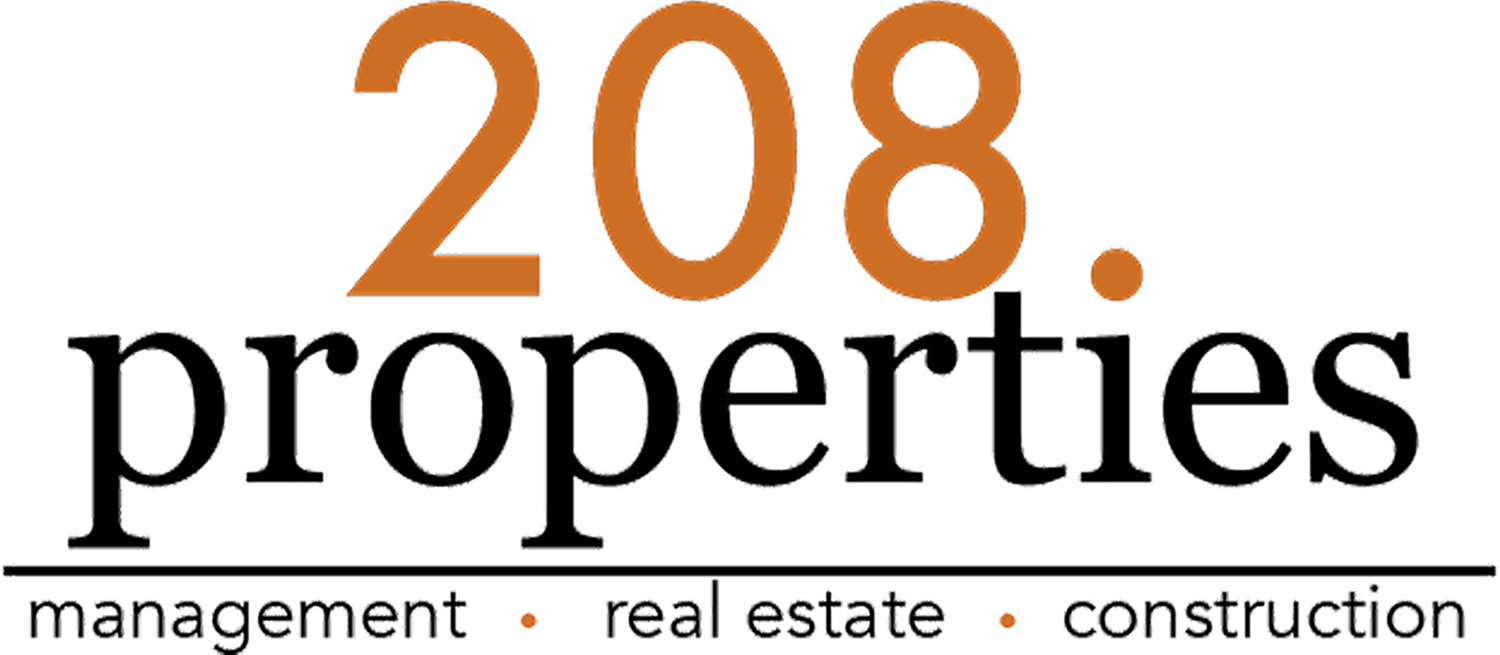When investing in real estate, it’s easy to get drawn in by an exciting prospect. However, those projected returns may quickly diminish if you haven’t considered important risk factors.
Risks are inherent to every investment type. While real estate is often a safer bet in any economy than many other options, there are still threats to look out for. A proper risk analysis should be thorough, including every category of threat that might impact your bottom line. These are the risks you should evaluate before investing in real estate.
Physical Risks of the Asset
First, look at the building itself. Whether you’re investing in a single-family home or a Class A commercial building, all kinds of design flaws, necessary maintenance, and upgrades can eat into your ROI.
Your first step is to evaluate all the risks associated with the property itself. This means having the building thoroughly inspected for items like the following:
Structural issues
Plumbing condition
Mold and mildew damage
Roof condition
Appliances and equipment condition
From here, you are in a better position to evaluate the costs associated with the investment. Maybe you want a fixer-upper, but you have to ask yourself if you have the skills and budget to put in the work.
Let your physical risk evaluation be your guide before going further.
Risks in the Asset’s Location
Then, consider the location of the asset. Real estate markets can vary wildly even at relatively short distances. One neighborhood may be up and coming, for instance, while another’s values are dropping fast.
Important factors to assess when evaluating location risks include:
Crime rate
Proximity to amenities
Quality of local schools
Real estate values
Market history
These items and similar metrics all contribute to how risky a property investment actually is. With good rates in up-and-coming neighborhoods, you have the potential to make high returns. However, if the neighborhood is on the decline, your investment won’t take you as far as you’d like.
Consider the risk factors inherent in the location, then look to the broader market and the performance of the economy before making an investment.
Risks in the Market or Economy
Real estate will always be in demand. People need houses, offices, and industrial buildings regardless of what else is going on. Not even the COVID-19 pandemic was enough to stop commercial real estate, for instance.
However, investing in an office building at the beginning of the pandemic was likely not the best decision. Market and economic factors like the remote work shift are important to consider when investing in real estate.
Now, mortgage interest rates are pivoting, indicating a change in economic conditions. This is another example of why investors have to assess the risks posed by a shifting market if they hope to maximize investment potential.
Explore the trajectory of the market in your area before making an investment plan. Then, explore the operational strategy and team you have in place to manage an investment.
Risks in Operational Strategy
Where all market, location, and asset conditions might look great, you still can encounter plenty of risks in the course of operating and managing your investment. Cultivating value in a property is a lot of work. Without an effective plan in place, you’re bound to encounter problems.
To gauge these risks, first determine who the operators will be. Maybe you’re looking to manage your own property. Alternatively, you might plan on working with property managers and real estate agents who can lend expertise to the process.
Regardless of your team, you should make sure strategies are in place to maximize value and minimize risks. Address operational strategies including but not limited to the following as you determine the risks involved:
Listing and marketing
Maintenance
Upgrades
Bookkeeping and transparency
Tenant retention
Poorly planned strategies are risks in themselves. Avoid these by taking a comprehensive approach to real estate investment and consulting with experts. Then, take steps to avoid other financial risks.
Financial Risks
There are many ways to invest in real estate. From buying a single-family home to contributing to a REIT, the path forward depends on your goals and portfolio. However, all investments entail some element of risk. The direct threats you face will come through your investment type and schedule. The amount of money you put in and the time you hold that investment will impact your ROI.
Build an investment schedule with risk margins you feel comfortable with. You should always speak with professional financial consultants when doing this, as these experts will have the knowledge to maximize your approach. With professional help, determine risks and rewards. From here, you can build a plan and exit strategy for making the most of your investment.
Understand these risks to make the best decisions for your portfolio. With a thorough analysis of the threats, you can generate an investment strategy that sets you on the path to financial independence. However, it will take expert knowledge and extensive planning.
For more information on cultivating investment value, explore these Real Estate Insights.

